What is the intended RPM range you are shooting for? if your building a killer big block 496 as an example, a 305cc is too small if you are turning 8000 rpm, 370cc is to big if you are turn 7000 rpm. what goes in must go out so some though on headers and exhaust if your using one, cam timing for maximizing the cylinder pressure, and ignition curve , drive train gearing, all factor into this parts selection
keep in mind these basic guide lines
(just enough links to make anyone insane, with calculating related factors)
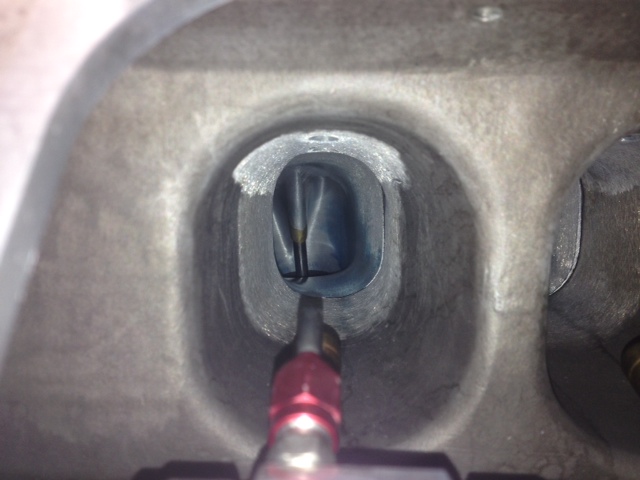
one reason a properly port matched tunnel ram intake flows efficiently is a strait path to the intake valve, in the cylinder head from the plenum
HERES A FEW GOOD PICTURES OF SINGLE PLANE SBC INTAKES CHAD "Speier Racing Heads"POSTED
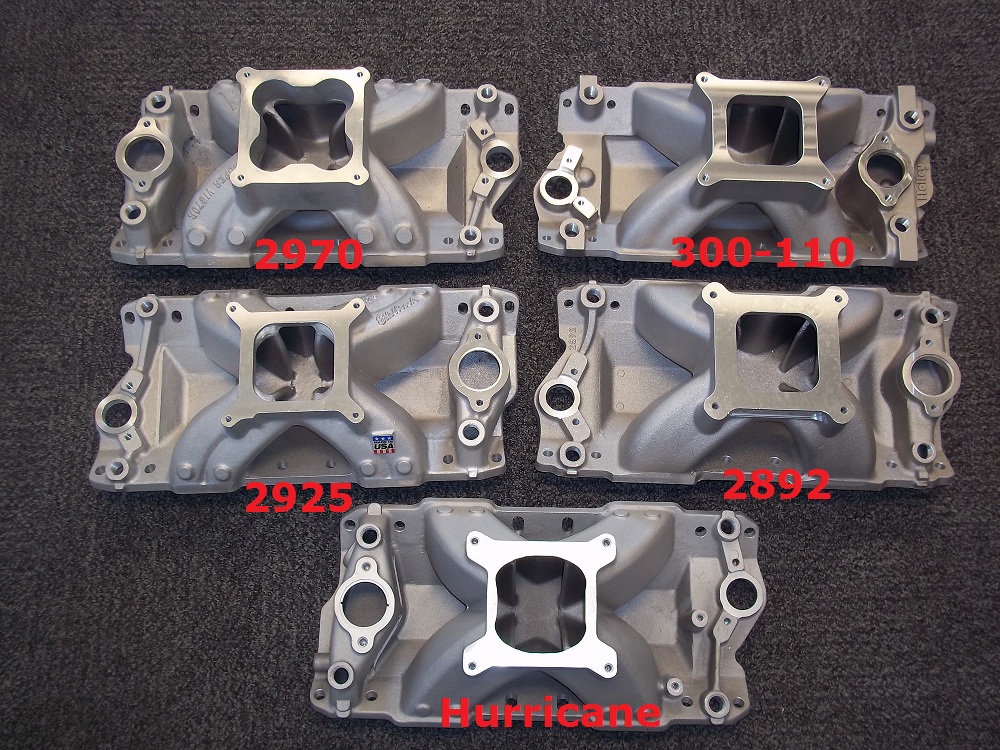
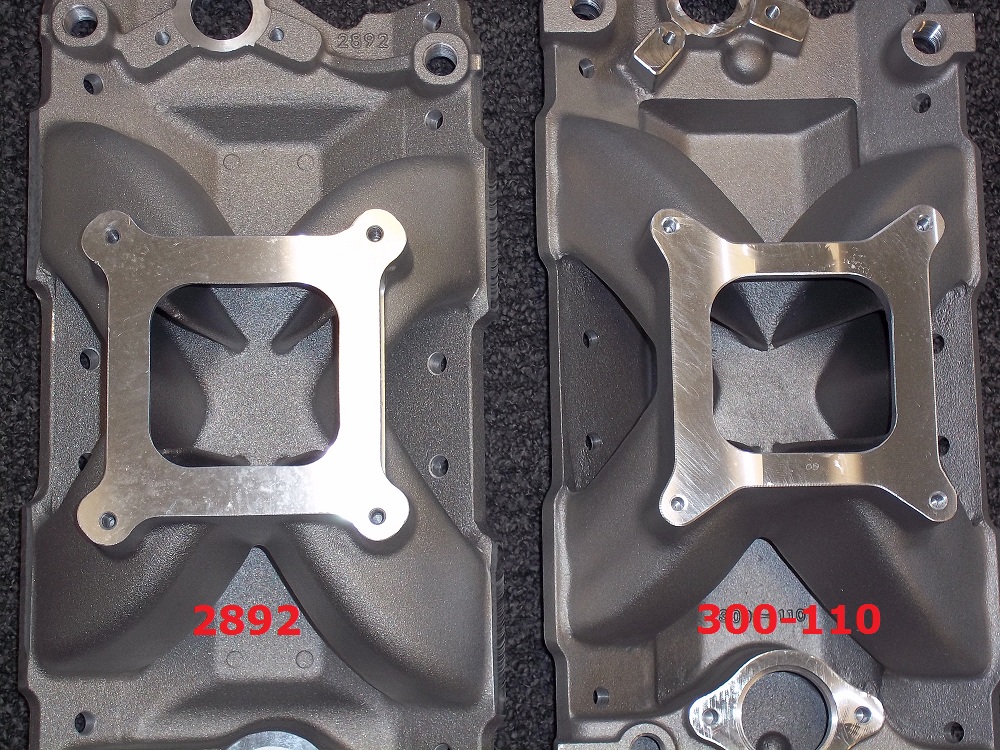
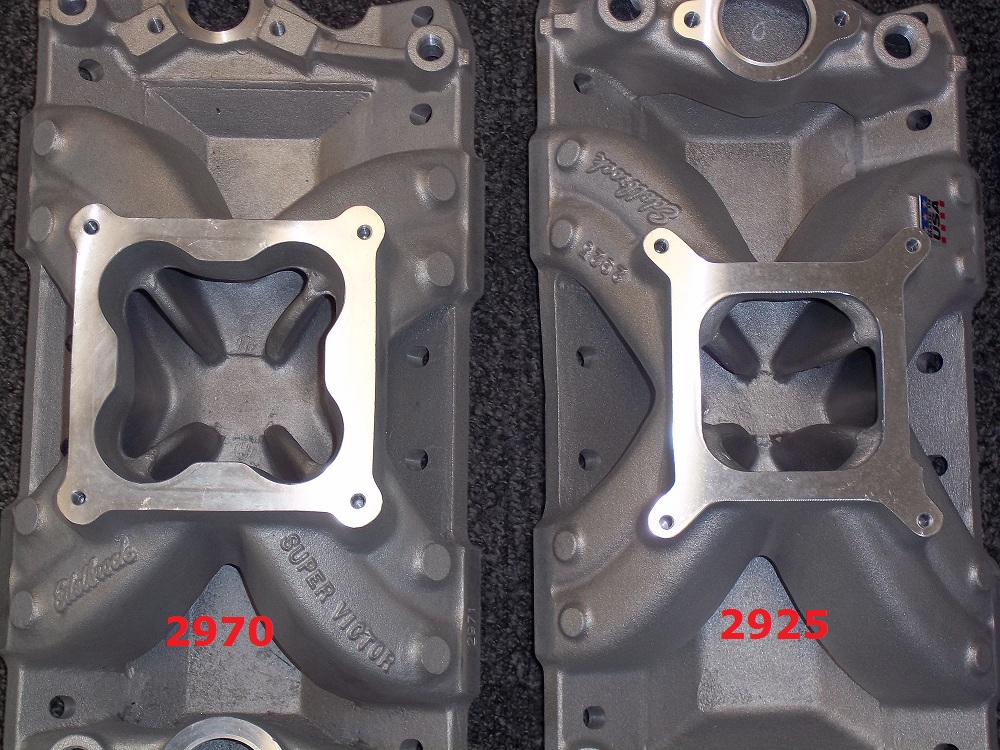
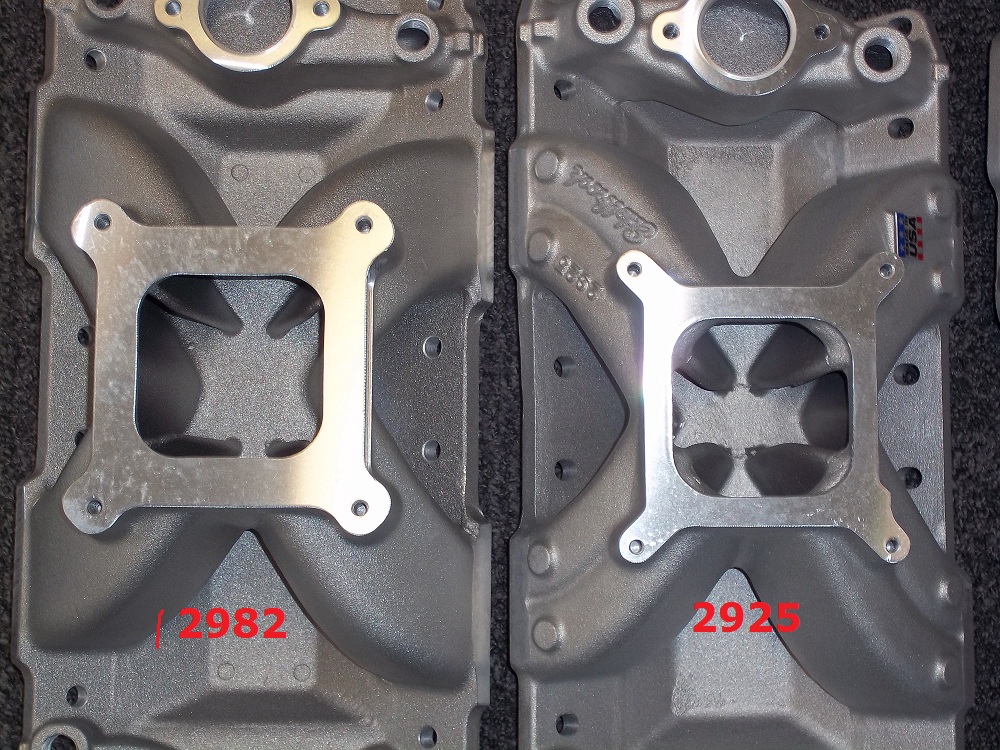
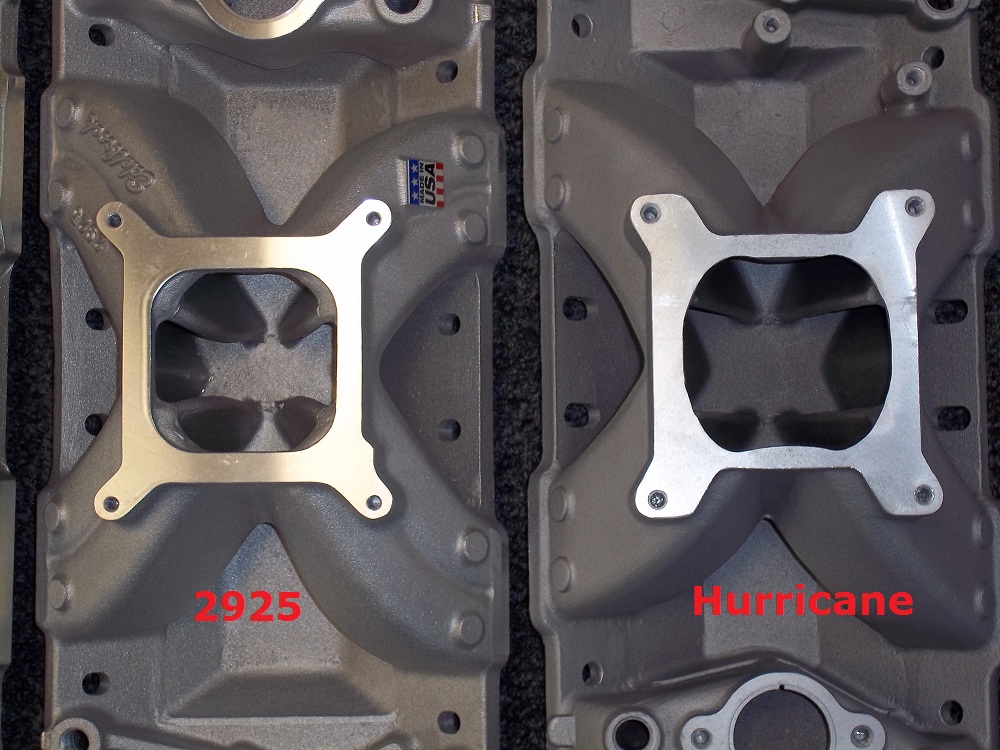
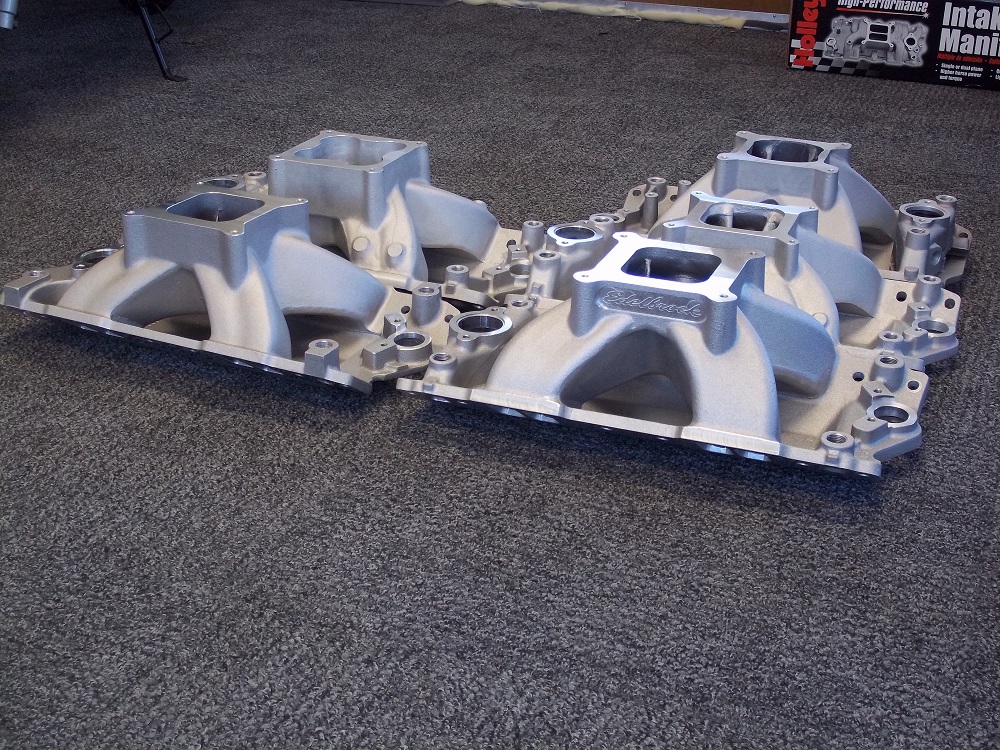
Sizes. Measure in middle of opening and lengths in middle of runner.
Holley 300-110
inner runner: 2.94 CSA, 4.625 long
outer runner: 3.36 CSA, 5.50 long
Edelbrock 2925
inner runner: 2.89 CSA, 5.58 long
outer runner: 2.85 CSA, 6.56 long
Edelbrock 2970
inner runner: 3.26 CSA, 5.525 long
outer runner: 3.29 CSA, 6.54 long
Edelbrock 2892
inner runner: 3.58 CSA, 5.42 long
outer runner: 3.66 CSA, 6.30 long
Hurricane (Bowtie)
inner runner: 3.34 CSA, 5.54 long
outer runner: 3.70 CSA, 6.42 long
Holley 300-25
inner runner: 3.34 CSA, 4.38 long
outer runner: 3.45 CSA, 5.025 long
http://www.speedwaymotors.com/RHS-1...MIxaWg5tXZ1gIVA6ppCh09DgVzEAYYAiABEgINIfD_BwE
http://www.westcoastoffshore.ca/Fue...ke-Manifold-w-Fuel-Rails-12903-KIT-P5412.aspx
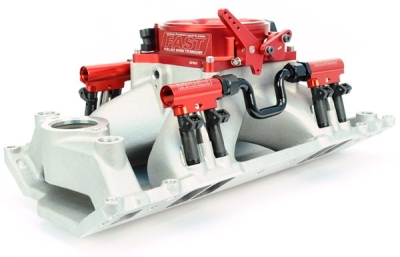
it states it comes with the fuel rails , it fits standard 23 degree heads and fits vortec heads ,
and at $514 thats not a bad deal,for a high fow single plane SBC intake
http://www.wallaceracing.com/max-rpm2.php
http://www.wallaceracing.com/chokepoint-rpm.php
http://www.wallaceracing.com/Calculators.htm
http://2.3liter.com/Calc2.htm#MinCross
http://www.wallaceracing.com/max-rpm.php
http://www.wallaceracing.com/header_length.php
viewtopic.php?f=52&t=727
http://www.dartheads.com/engine-calculators/
viewtopic.php?f=87&t=1285&p=2751&hilit=calculators#p2751
http://racingfeed.com/downloads/chevy_flow_data.pdf
http://www.swartzracingmanifolds.com/tech/index.htm
viewtopic.php?f=52&t=322
http://www.wallaceracing.com/ca-calc.php
http://www.wallaceracing.com/calcdchg.php
http://www.wallaceracing.com/area-under-curve.php
viewtopic.php?f=44&t=38
viewtopic.php?f=52&t=480
http://www.wallaceracing.com/curtain-area-calc.php
http://www.wallaceracing.com/calcafhp.php
http://www.wallaceracing.com/lpv.php
http://www.velocity-of-sound.com/veloci ... lator3.htm
viewtopic.php?f=44&t=3733
WATCH ALL THE VIDEOS
http://www.dartheadstv.com/featured_lan ... reset=true
I have that same discussion,
"match the port cross section to the intended power range"
along with the
"theres not much sense using a head that flows killer numbers at and above .800 lift if your running a cam with .670 lift"
discussion frequently, but keep in mind nitrous is expanding rapidly when the fogger nozzles
are working in a multi port injection set-up, so youll generally need to compensate with a slightly larger port cross sectional area that a N/A engine of the same displacement.
Id be looking at the 340-360cc port size but the intake used would also be a huge factor in the selection process
not my stuff but interesting pictures
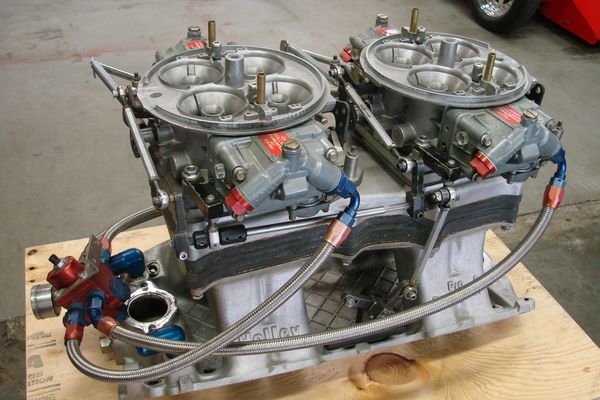
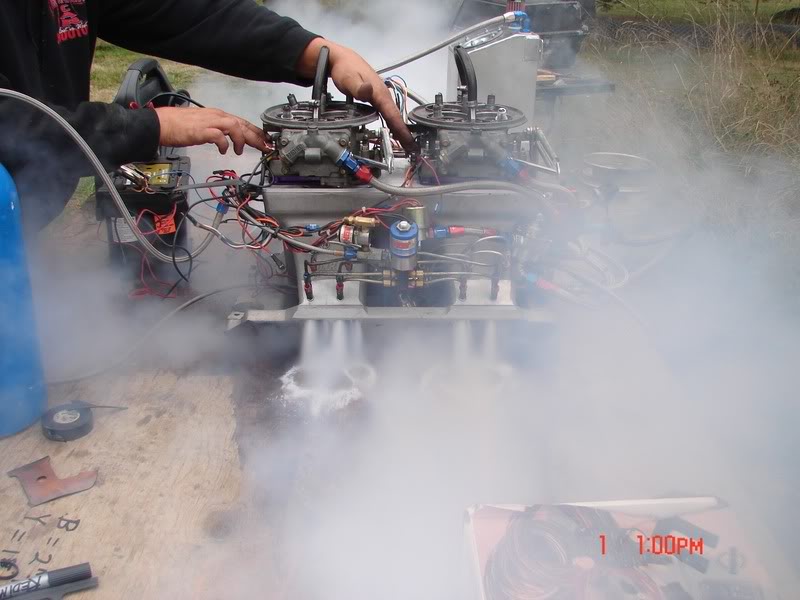
keep in mind these basic guide lines
(just enough links to make anyone insane, with calculating related factors)

one reason a properly port matched tunnel ram intake flows efficiently is a strait path to the intake valve, in the cylinder head from the plenum
HERES A FEW GOOD PICTURES OF SINGLE PLANE SBC INTAKES CHAD "Speier Racing Heads"POSTED






Sizes. Measure in middle of opening and lengths in middle of runner.
Holley 300-110
inner runner: 2.94 CSA, 4.625 long
outer runner: 3.36 CSA, 5.50 long
Edelbrock 2925
inner runner: 2.89 CSA, 5.58 long
outer runner: 2.85 CSA, 6.56 long
Edelbrock 2970
inner runner: 3.26 CSA, 5.525 long
outer runner: 3.29 CSA, 6.54 long
Edelbrock 2892
inner runner: 3.58 CSA, 5.42 long
outer runner: 3.66 CSA, 6.30 long
Hurricane (Bowtie)
inner runner: 3.34 CSA, 5.54 long
outer runner: 3.70 CSA, 6.42 long
Holley 300-25
inner runner: 3.34 CSA, 4.38 long
outer runner: 3.45 CSA, 5.025 long
http://www.speedwaymotors.com/RHS-1...MIxaWg5tXZ1gIVA6ppCh09DgVzEAYYAiABEgINIfD_BwE
http://www.westcoastoffshore.ca/Fue...ke-Manifold-w-Fuel-Rails-12903-KIT-P5412.aspx

it states it comes with the fuel rails , it fits standard 23 degree heads and fits vortec heads ,
and at $514 thats not a bad deal,for a high fow single plane SBC intake
http://www.wallaceracing.com/max-rpm2.php
http://www.wallaceracing.com/chokepoint-rpm.php
http://www.wallaceracing.com/Calculators.htm
http://2.3liter.com/Calc2.htm#MinCross
http://www.wallaceracing.com/max-rpm.php
http://www.wallaceracing.com/header_length.php
viewtopic.php?f=52&t=727
http://www.dartheads.com/engine-calculators/
viewtopic.php?f=87&t=1285&p=2751&hilit=calculators#p2751
http://racingfeed.com/downloads/chevy_flow_data.pdf
http://www.swartzracingmanifolds.com/tech/index.htm
viewtopic.php?f=52&t=322
http://www.wallaceracing.com/ca-calc.php
http://www.wallaceracing.com/calcdchg.php
http://www.wallaceracing.com/area-under-curve.php
viewtopic.php?f=44&t=38
viewtopic.php?f=52&t=480
http://www.wallaceracing.com/curtain-area-calc.php
http://www.wallaceracing.com/calcafhp.php
http://www.wallaceracing.com/lpv.php
http://www.velocity-of-sound.com/veloci ... lator3.htm
viewtopic.php?f=44&t=3733
WATCH ALL THE VIDEOS
http://www.dartheadstv.com/featured_lan ... reset=true
I have that same discussion,
"match the port cross section to the intended power range"
along with the
"theres not much sense using a head that flows killer numbers at and above .800 lift if your running a cam with .670 lift"
discussion frequently, but keep in mind nitrous is expanding rapidly when the fogger nozzles
are working in a multi port injection set-up, so youll generally need to compensate with a slightly larger port cross sectional area that a N/A engine of the same displacement.
Id be looking at the 340-360cc port size but the intake used would also be a huge factor in the selection process
not my stuff but interesting pictures


Last edited by a moderator:
